Gallo Matese, the lake
2024
In the municipality of Gallo Matese, there is an artificial compensation lake, whose waters are used to power the ENEL hydroelectric plant of Capriati in Volturno. With an iridescent green/blue color and 19 million cubic meters of water, it is a destination above all for carp fishing enthusiasts, a type of sport fishing widely practiced in recent years, and for those who practice canoeing and trekking.
You may also like
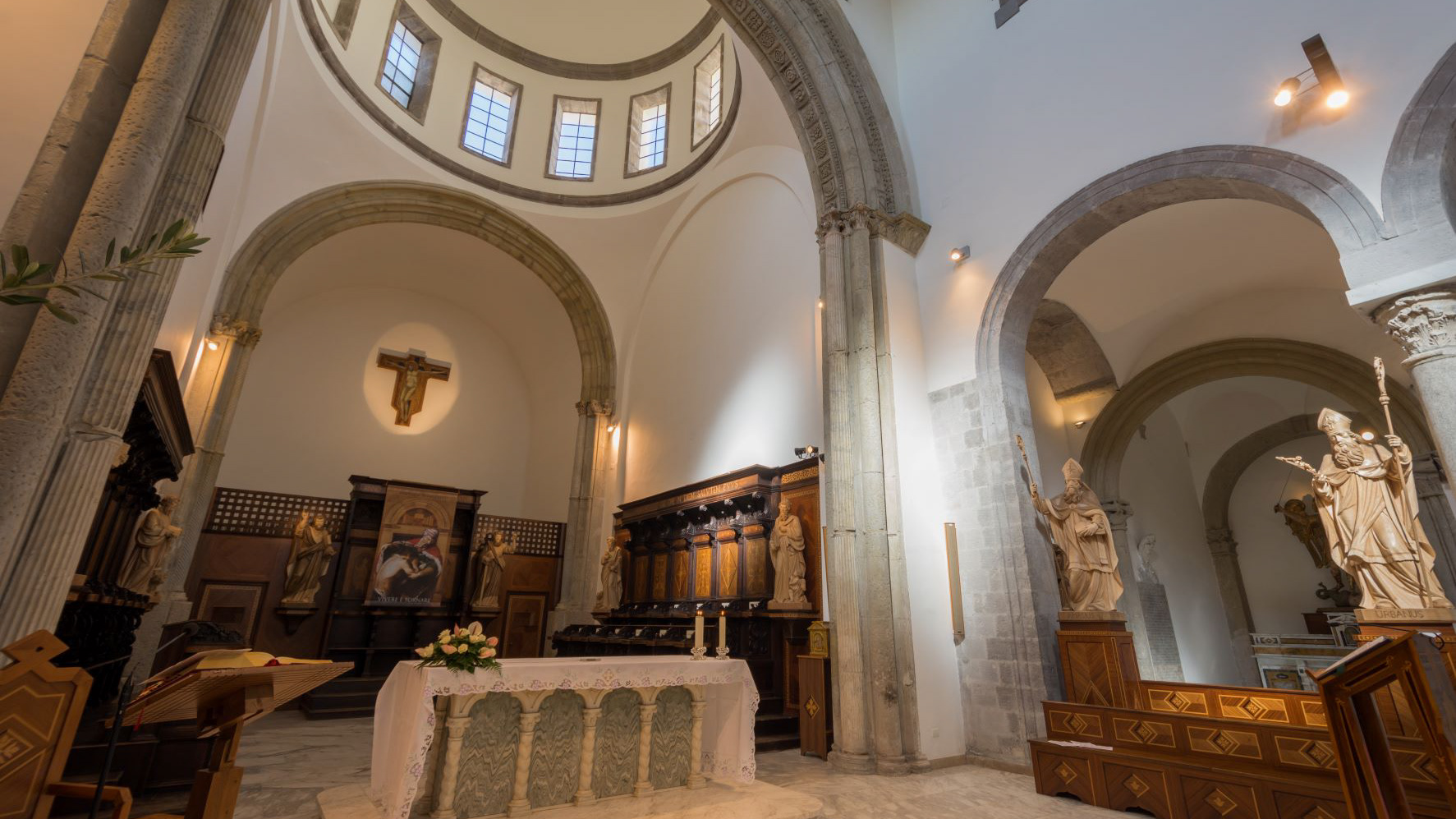
2021
Teano. The Dome. The Apse
The cathedral, originally dedicated to San Terenziano, was later named after San Clemente. Construction began in 1050 by Bishop Guglielmo, to replace the old cathedral of San Paride ad Fontem, located outside the city walls. The works were completed in 1116 by Bishop Pandulfo. The building has a basilica structure divided into three naves by two rows of columns. In 1608 it was damaged internally by a fire that almost completely destroyed the cosmates ambo, subsequently recomposed using the remains of the previous one integrated with the marble slabs of a fourteenth-century sepulchral monument already present in the church and positioned on twisted columns, two of which rested on fountain lions. During the 16th century the Romanesque apse was modified and on that occasion a precious carved wooden choir was built in the presbytery, built in 1539 by the Benedictine Antonio Maria Sertorio. The choir underwent two restorations, the first in the 17th century and the second in 1957, following the damage suffered during the Second World War.
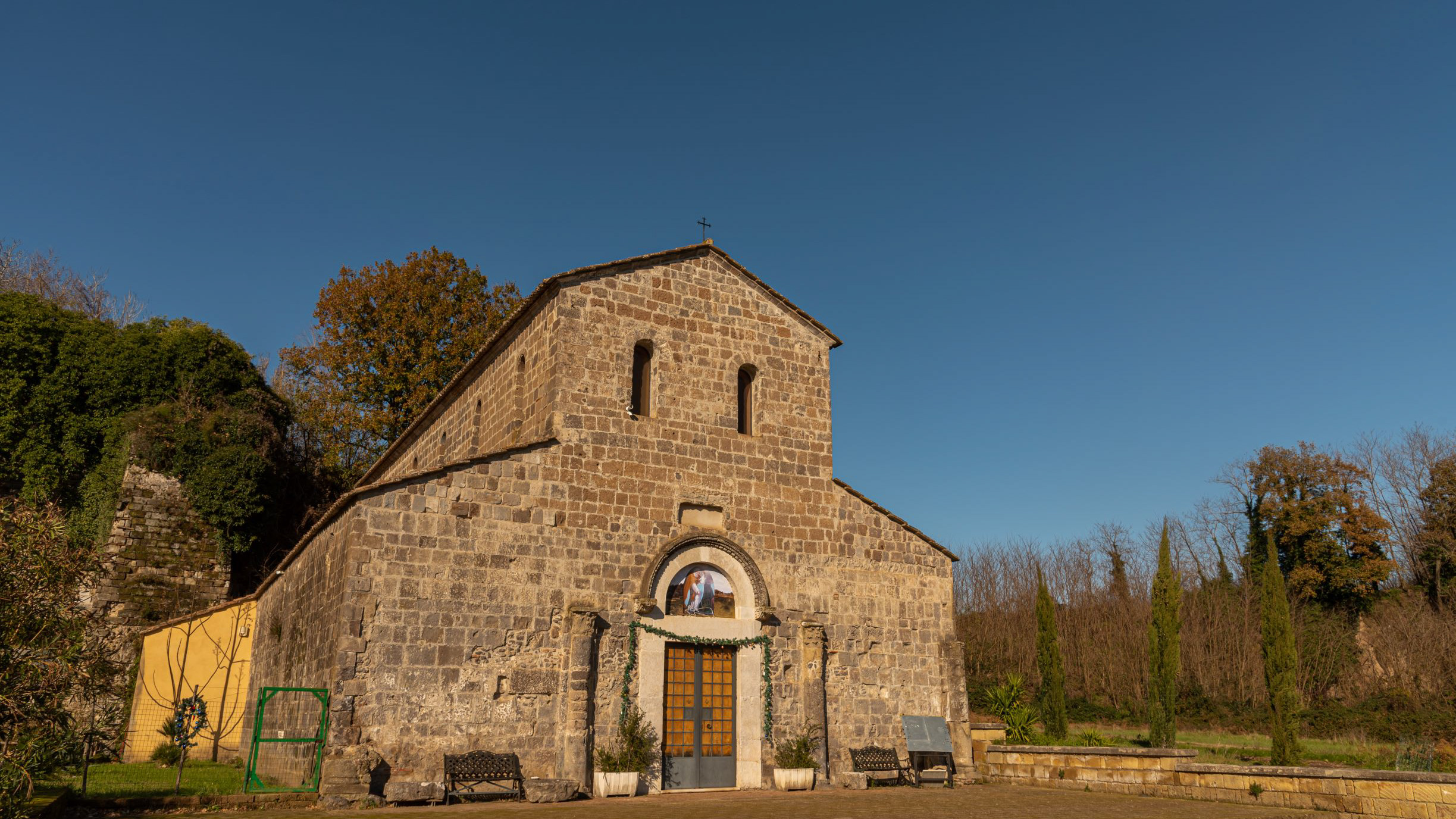
2020
Teano. Church of San Paride ad Fontem
The building of S. Paride is a church with a basilica structure with three naves, and termination with a semicircular apse. The facade, where it is possible to admire the building technique in tuff blocks arranged in regular rows, is characterized by the presence of two semi-columns in tuff on the sides of the portal, and a third in the right corner. The half-columns each rest on a pilaster, also in tuff. A fourth semi-column must have been present near the left corner, where there is still a Tuscan base still in tuff. These still retain the Corinthian capitals of reuse, also in local tuff. The entrance is rather simple, with a molded secmicircular frame supported by two shelves with inlaid motifs in plants. The marble frame still preserves the kyma lesbio decoration, followed by a curb with parallel lines and a second frame with denticles. The frame overlooks a lunette where traces of a fresco can no longer be read. The whole is surmounted by two mullioned windows. Internally, the naves are divided into six bays and separated by arches supported on each side by five quadrangular pillars. The light comes from the mullioned windows placed on the perimeter walls. A large opening, now flanked, also with a round arch, is visible along the left perimeter. The only piece of furniture is the so-called chair of S. Paride, made up of a reddish tuff block. The interior is rather simple, and still has a small crypt with burials in the crate.
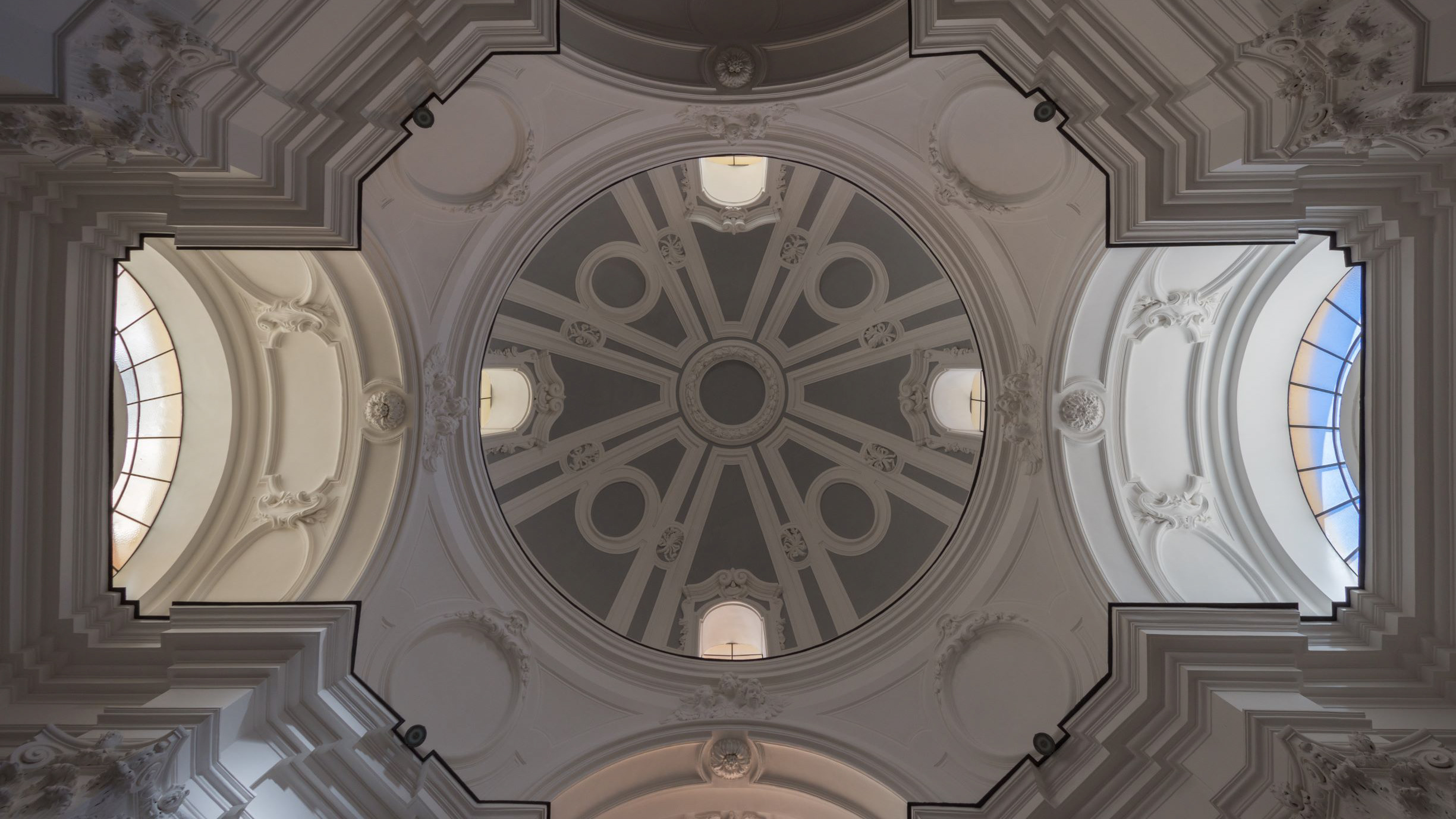
2020
Teano. The Cathedral. Chapel of San paride
The cathedral, originally dedicated to San Terenziano, was later named after San Clemente. Construction began in 1050 by Bishop Guglielmo, to replace the old cathedral of San Paride ad Fontem, located outside the city walls. The works were completed in 1116 by Bishop Pandulfo. The building has a basilica structure divided into three naves by two rows of columns. In 1608 it was damaged internally by a fire that almost completely destroyed the cosmates ambo, subsequently recomposed using the remains of the previous one integrated with the marble slabs of a fourteenth-century sepulchral monument already present in the church and positioned on twisted columns, two of which rested on fountain lions. During the 16th century the Romanesque apse was modified and on that occasion a precious carved wooden choir was built in the presbytery, built in 1539 by the Benedictine Antonio Maria Sertorio. The choir underwent two restorations, the first in the 17th century and the second in 1957, following the damage suffered during the Second World War.
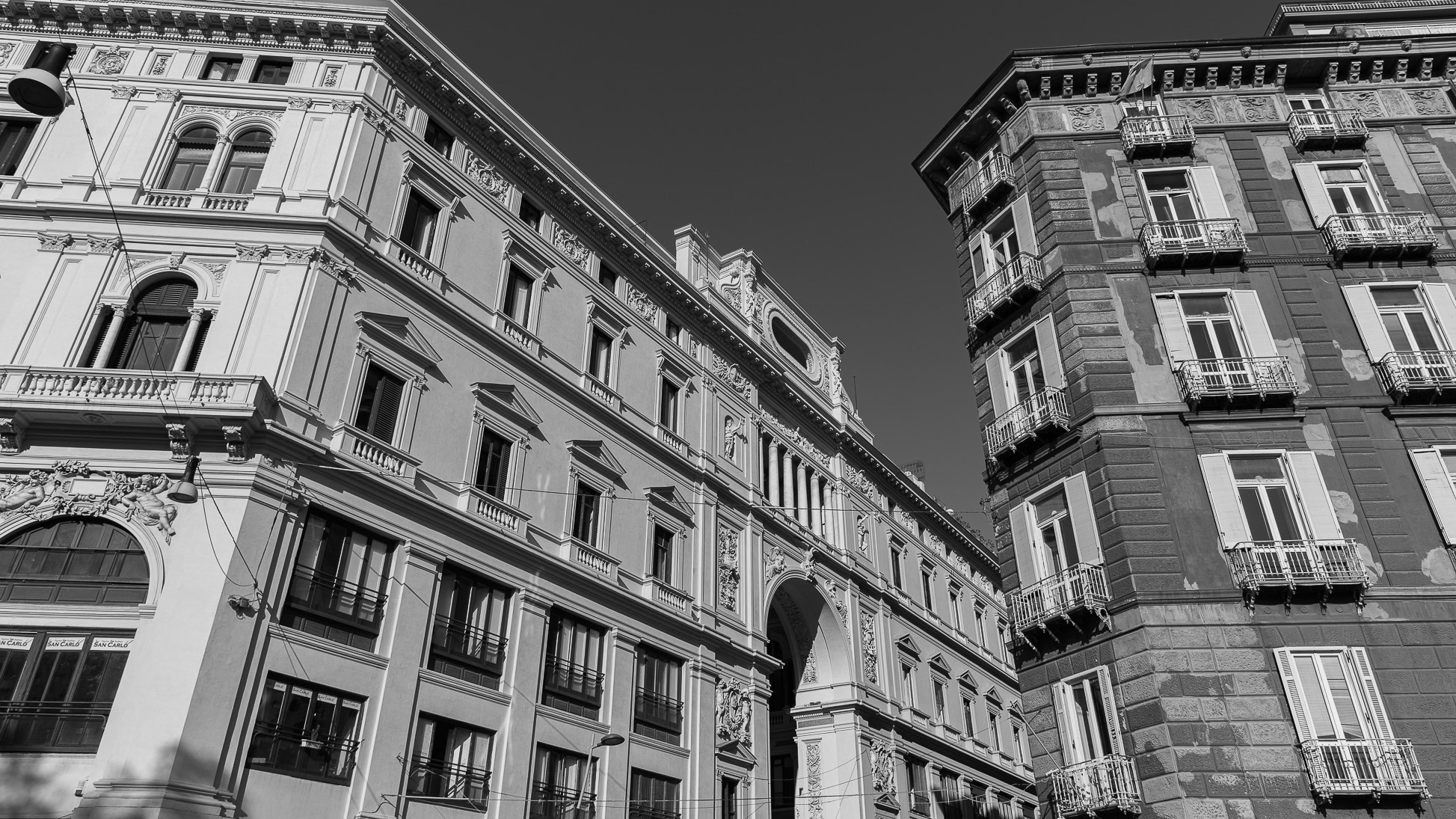
2023
Naples. Galleria Umberto I
Galleria Umberto I is a shopping gallery built in Naples between 1887 and 1890. It is dedicated to Umberto I of Italy, in memory of his generous presence during the cholera epidemic of 1884.

2018
Campania Felix
Ancient Campania (often also identified as Campania Felix or even Ager Campanus) originally indicated the territory of the city of Capua Antica in the Roman period, and later also the plains of the various neighboring municipalities. It was a very vast territory when compared with the other Italic cities of the Roman and pre-Roman periods. It stretched from the slopes of Mount Massico (in the north) to the south of the Phlegrean Fields and the Vesuvian area. Initially it also included the ager Falernus, then it was greatly scaled down from Rome due to the alliance of the city of Capua with Annibale. Thanks to the fertility of the soil also due to the presence of the Volturno river, it deserved the name of Campania Felix.
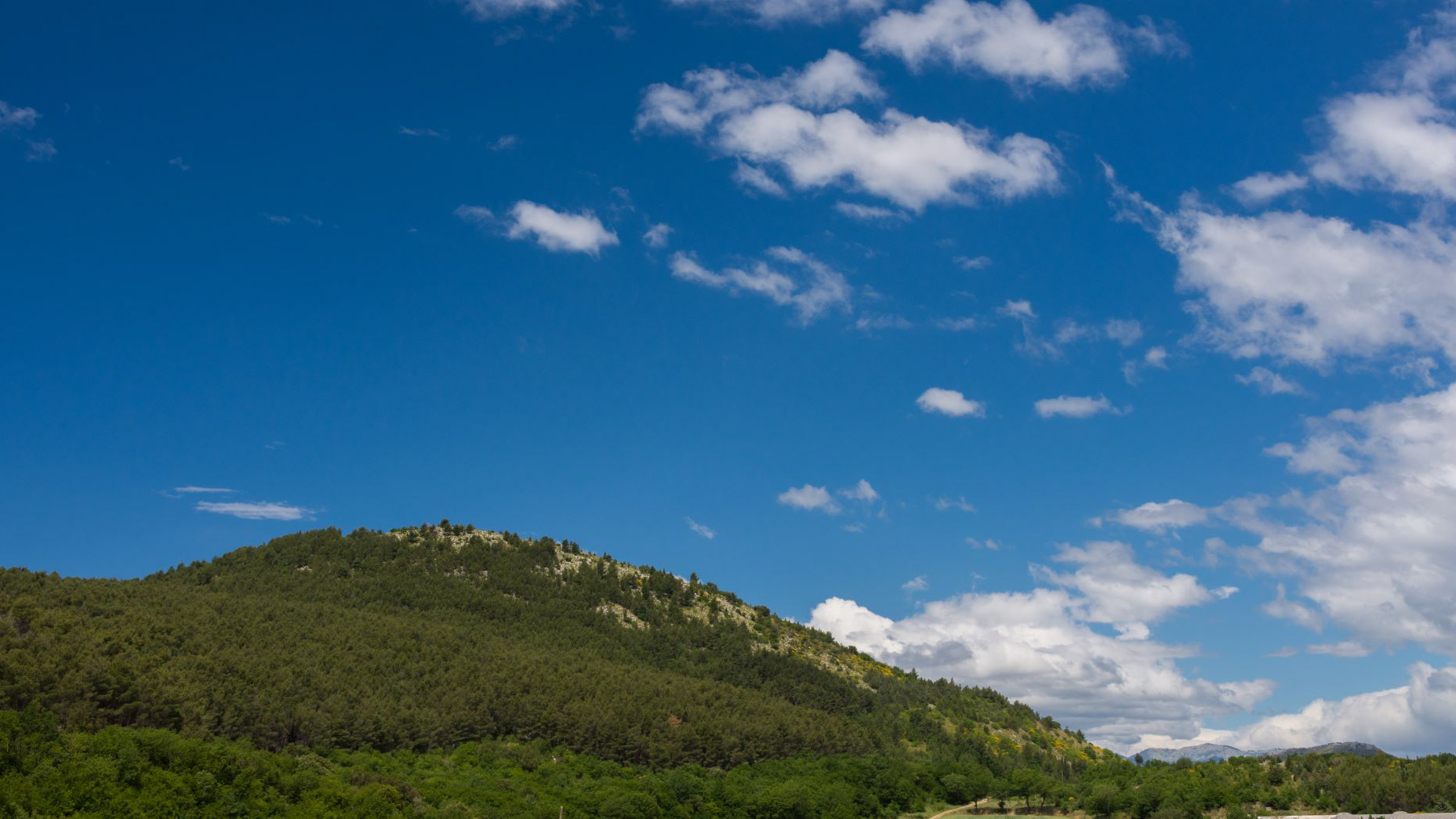
2021
Mignano Montelungo. Panorama
Mignano Montelungo, Italy, panorama. It is located in the high part of Caserta, wedged together with S. Pietro Infine between Lazio and Molise, in an area of great natural and historical interest
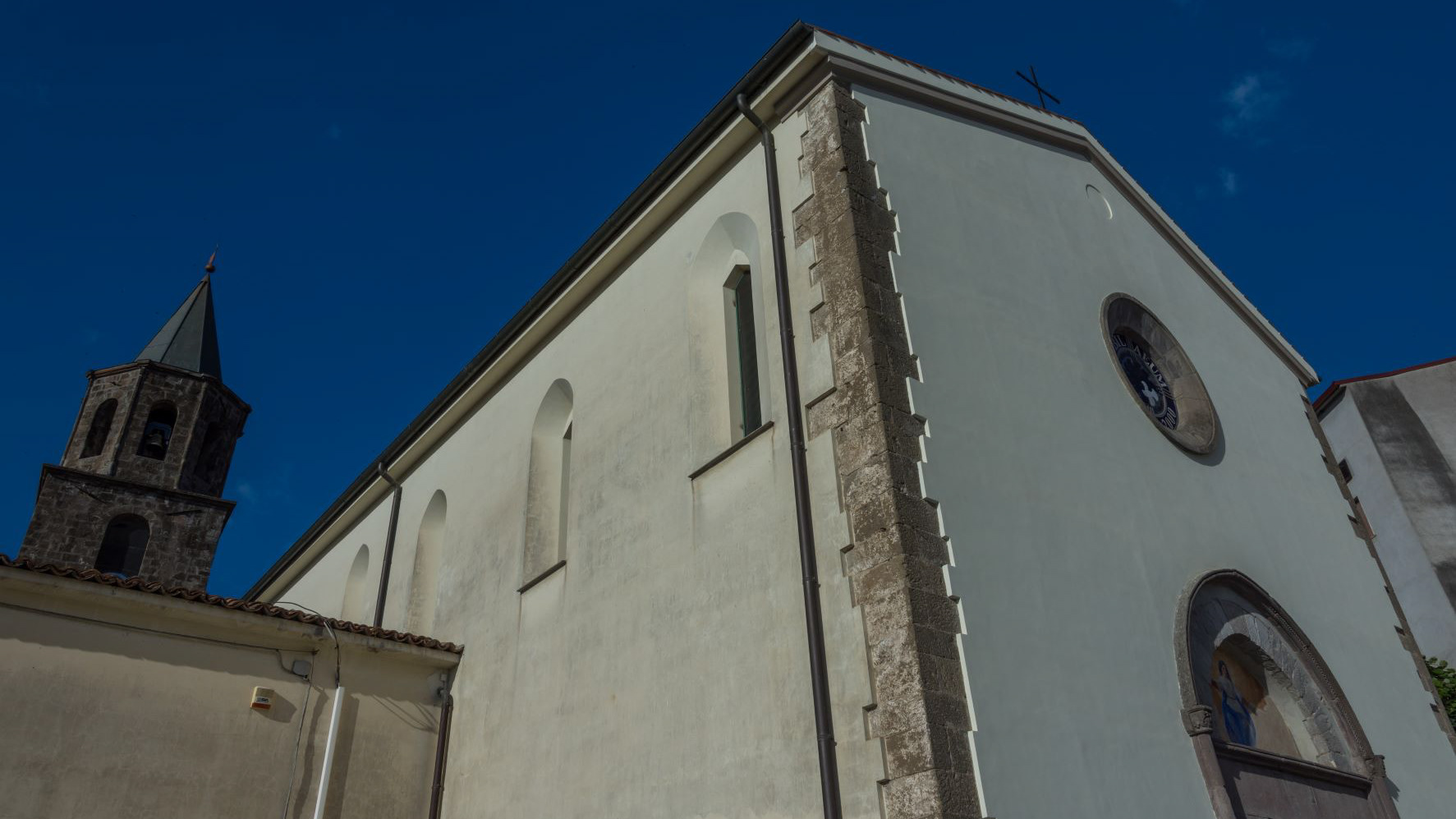
2021
Teano. Church of Santa Maria La Nova
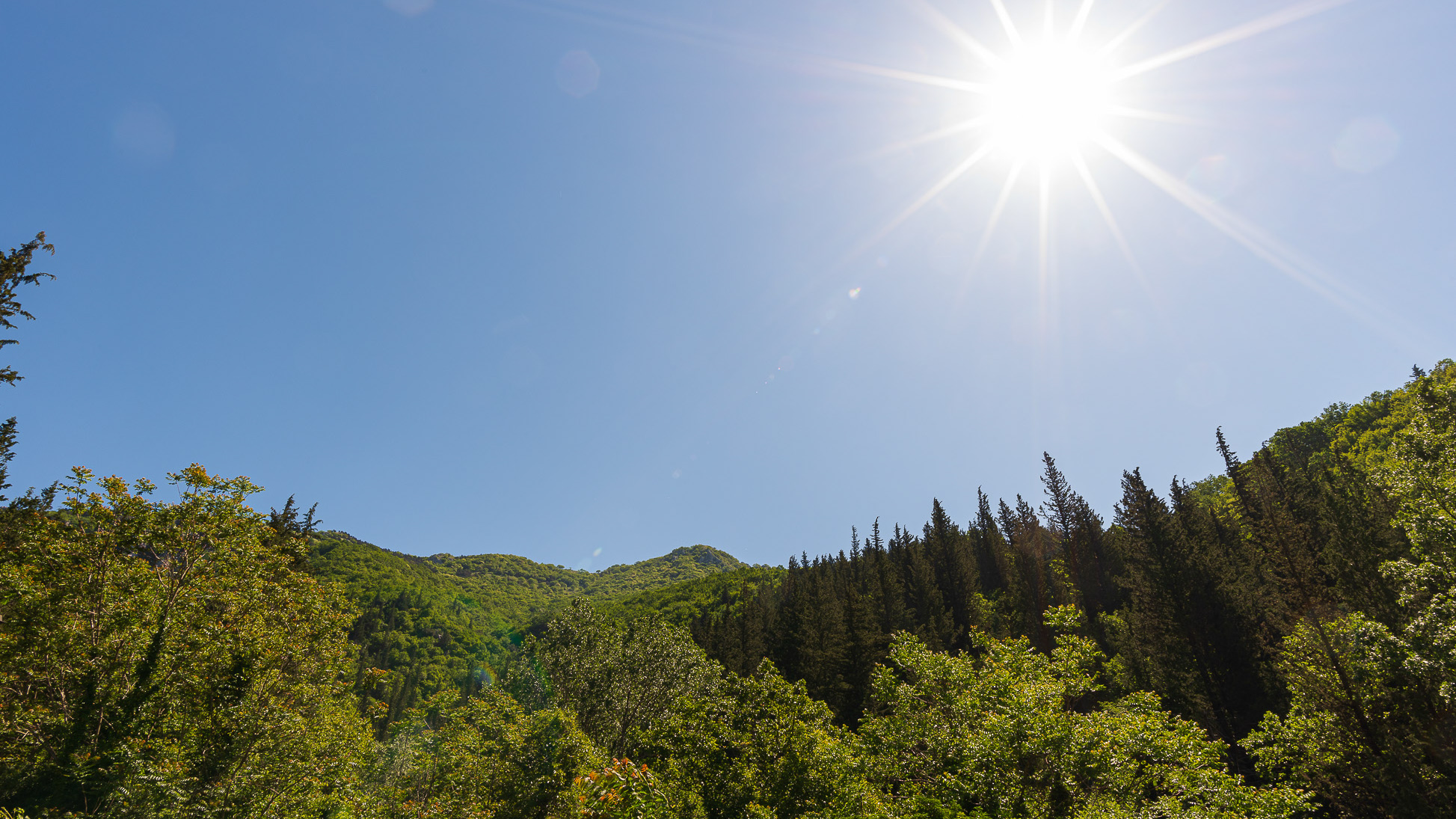
2022
Fontegreca. La Cipresseta
The natural cypress forest extends above the town of Fontegreca, in the Zappini wood up to the valley of the Sava river. It is a destination for tourists, for its very healthy air.
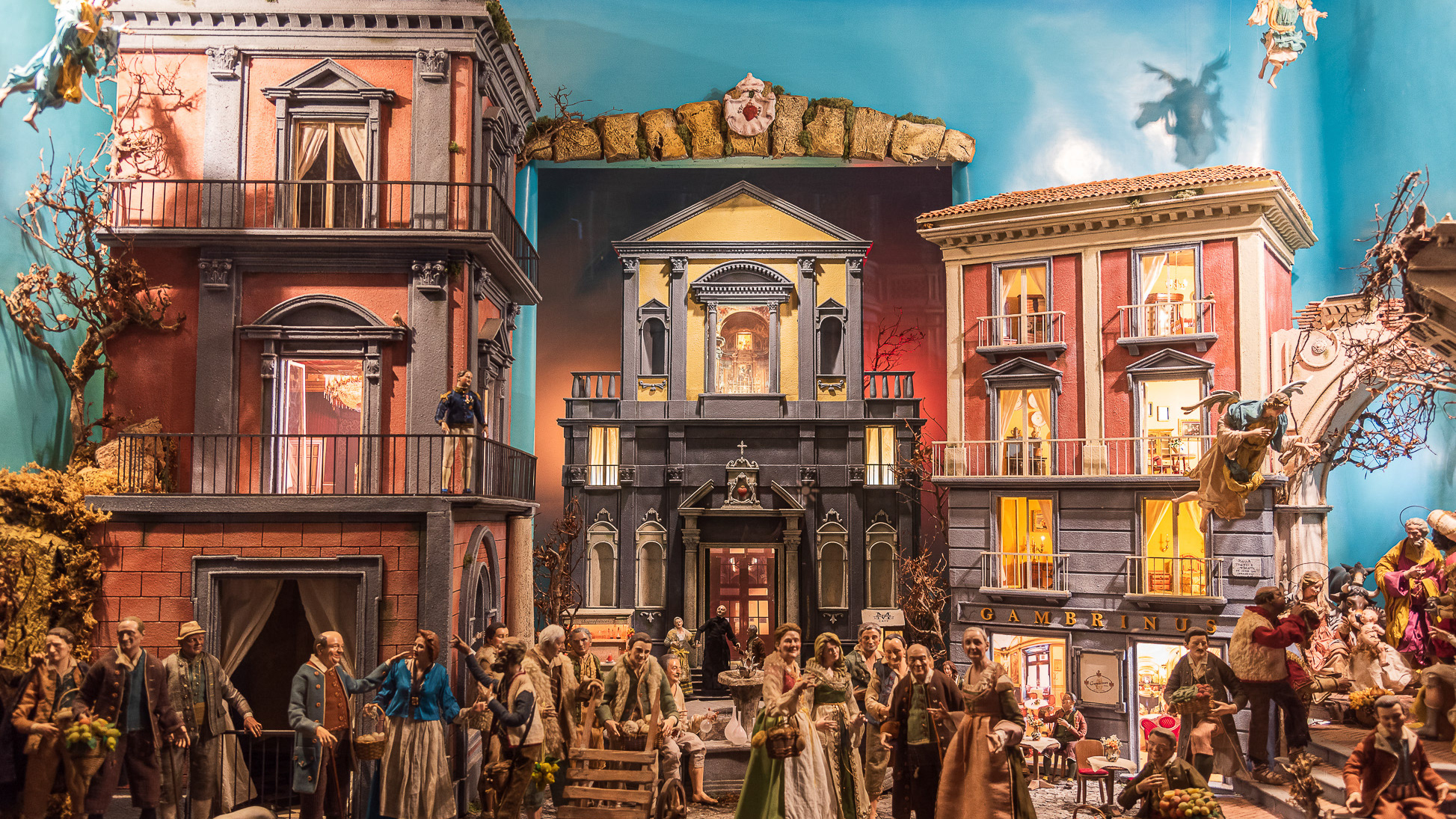
2023
Naples. The church of San Ferdinando
The church of San Ferdinando is a monumental church in Naples located in the historic center of the city, in Piazza Trieste e Trento.
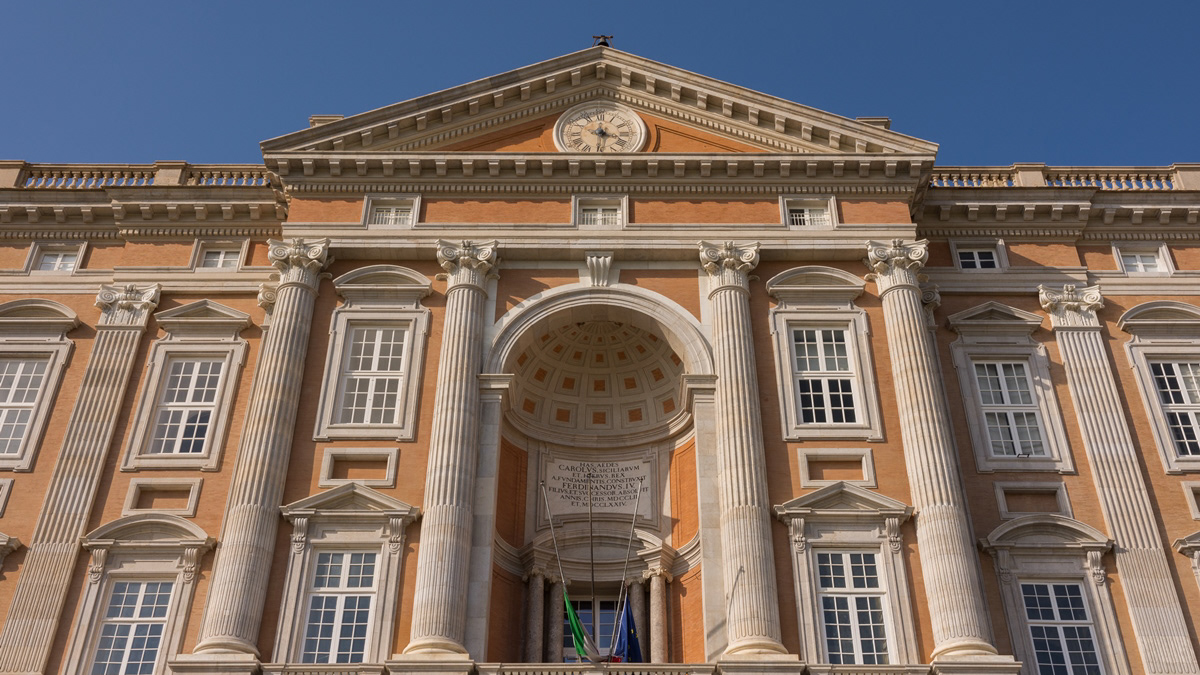
2017
The Royal Palace of Caserta
The Royal Palace of Caserta is a royal palace, with an adjoining park, located in Caserta. It is the largest royal residence in the world by volume and the historical owners were the Bourbons of Naples, as well as a short period in which it was inhabited by the Murat.
